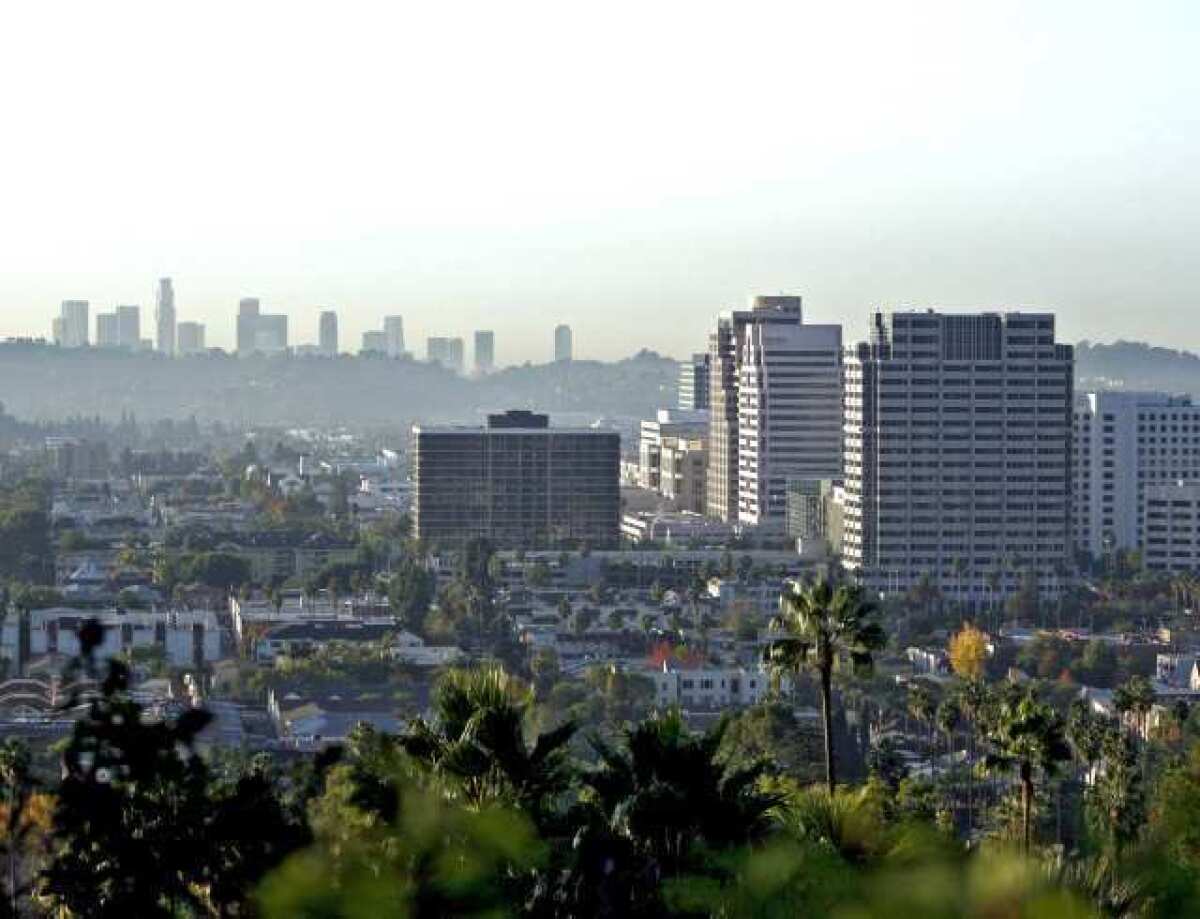Glendale’s population ranking to drop a notch

Move over Glendale — Santa Clarita is set to take over the title of third most populous city in Los Angeles County.
On Wednesday, a county commission in charge of annexing unincorporated land approved adding seven more communities to Santa Clarita, bringing the city’s population of 176,000 to roughly 192,000, in line with Glendale.
And by year’s end, Santa Clarita is slated to annex more land, boosting its population to just above 200,000, a marker Glendale had claimed for years.
The U.S. Census had pegged Glendale’s population at 194,973 as far back as 2000, but the California Department of Finance, using estimations in the interim, long had the figure above 200,000. That all changed after the 2010 Census results were released.
Glendale will still be a prominent regional player among city governments, but it stands to lose a long held byname. Glendale officials have repeatedly referred to the city’s No. 3 ranking when touting its political importance, and it has appeared in nearly every major community description for years.
“It’s our claim to fame,” Mayor Frank Quintero said.
But faced with losing the status, there doesn’t appear to be much angst at City Hall.
“I’m not going to cry,” said Councilman Ara Najarian. “I’m going to wish Santa Clarita a happy third spot.”
Glendale spokesman Tom Lorenz said in an email that while officials may like the title of “third largest,” there is little difference between third and fourth. Najarian echoed similar sentiments.
“No one’s going to catch up to Long Beach,” Najarian said referring to the county’s second largest city with 462,000 residents.
Los Angeles’ population of 3.8 million outpaces them all.
Santa Clarita officials, meanwhile, said the No. 3 spot was more a result of evolution rather than intent.
“It is not an objective, but rather the evolution of our city welcoming in residents who want to be part of the city of Santa Clarita,” City Manager Ken Pulskamp said in a statement.
And Santa Clarita’s annexation could still be unwound. If 50% of the affected population objects within 30 days, the annexation would go to a public vote.
At the same time, the City has processed 28 annexations to date, said city spokeswoman Gail Ortiz.
__________________
For the Record: An earlier version of this story incorrectly stated that Santa Clarita was processing 20 more annexation applications. In fact, the city has already processed 28.
__________________
It’s a story of growth versus slowdown when compared to Glendale.
Between 1912 and 1978 Glendale annexed thousands of acres in North Glendale, where property owners needed access to water and city officials saw the opportunity for increased property and sales taxes, in addition to more utility customers.
But in recent years Glendale’s population has been on the decline. Some have blamed the trend on lower-income families being priced out, others on the lack of new development, especially in the hillsides.
Urban developers have been downsizing, too. A luxury apartment complex once proposed at 24 stories was cut to six when approved in November.
Despite the trend, “We’re still the same community as we were yesterday,” said Councilwoman Laura Friedman.
The title loss won’t affect Glendale’s chances of getting state or federal grants or other forms of funding, Lorenz said.
In fact, Santa Clarita’s growth could end up helping Glendale in at least one way.
Najarian represents both cities on the Los Angeles County Metropolitan Transportation Authority board of directors. Since each vote is weighted by a region’s population, a larger Santa Clarita could slightly boost his vote.
Whatever the repercussions, for some, the change was only a matter of time.
“We knew it was coming,” Najarian said. “It just came a bit sooner than we expected.”